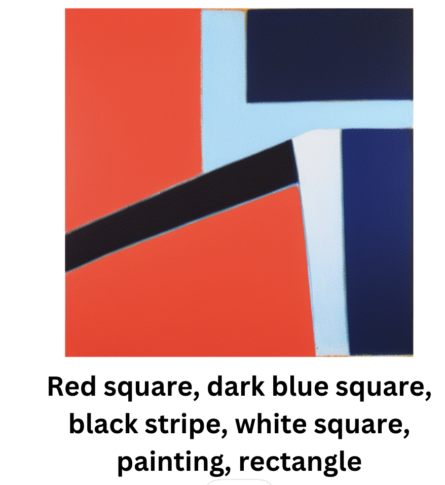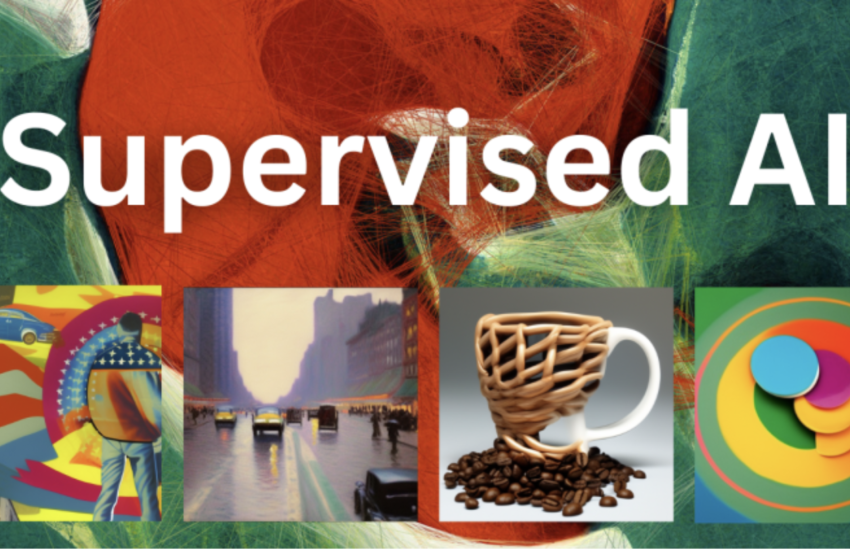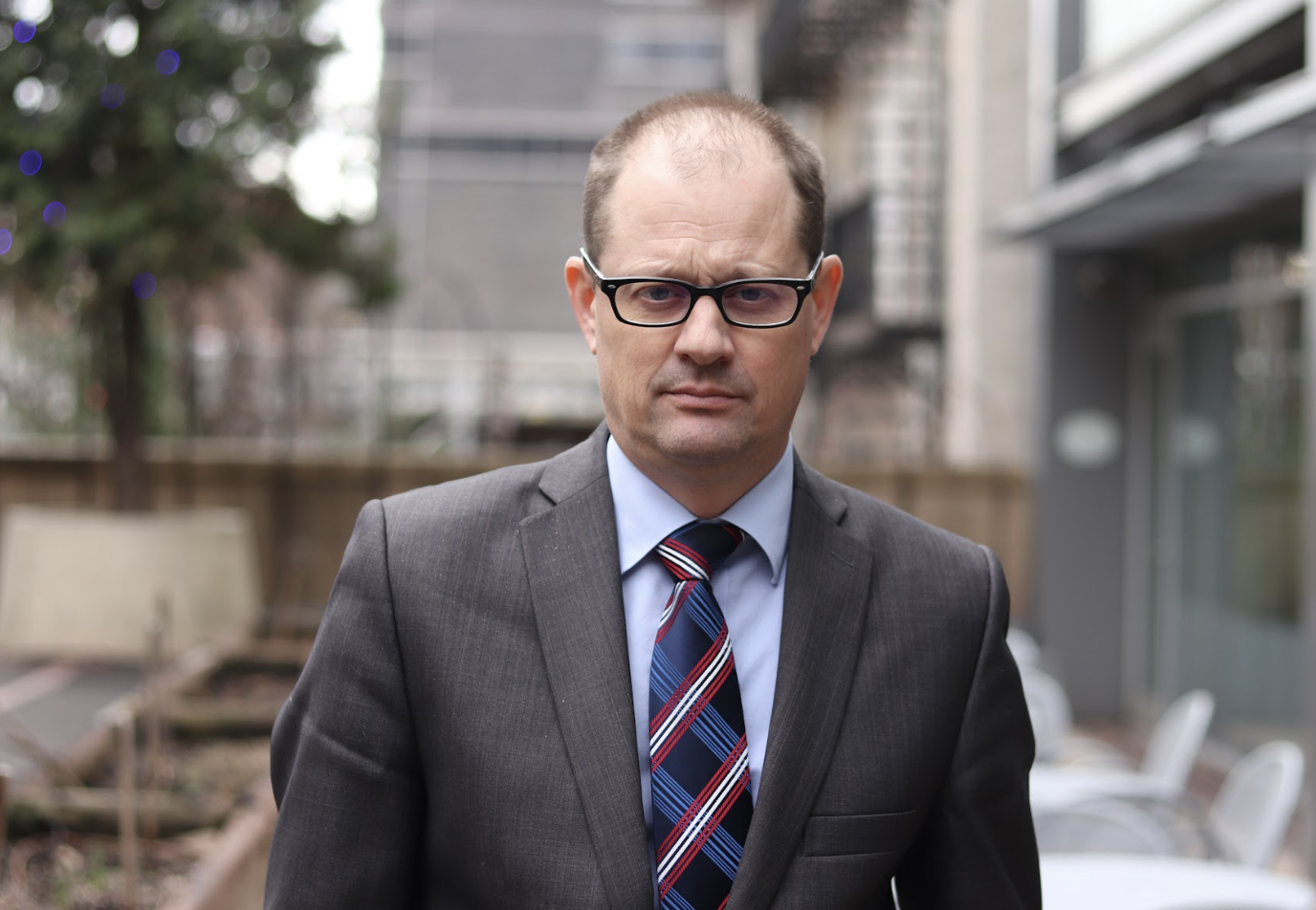When we first encountered Refik Anadol’s art at the Museum of Modern Art it was evident to us that it could serve as an educational tool to teach students about artificial intelligence (AI), its applications, and the concept of blockchain.
Student outcomes:
- To gain a better understanding of Refik Anadol’s work.
- To be able to analyze artwork and draw connections between the original artwork and the generated art.
- To be able to make comparisons between different artworks, including identifying similarities and differences, evaluating an artist’s approach, and understanding the influence of the era and political context on the artwork.
Refik Anadol is a Turkish-American media artist and researcher. He is known for his innovative use of technology in art, particularly his use of AI and machine learning to create immersive, data-driven installations. Anadol’s work has been displayed at numerous exhibitions and festivals around the world, including the Venice Biennale and Ars Electronica. In addition to his art, Anadol is also a researcher and educator, exploring the intersection of art, architecture, and technology in his work. Through his art and research, Anadol aims to challenge conventional notions of space, time, and perception, and to push the boundaries of what is possible in the digital age.

Alexandre Sivera and I had the idea to introduce Anadol’s work to our students at the Lycée Français de New York, and then guide them through his creative process, take them to his exhibition at the MoMA, and enable them to utilize Artificial Intelligence to create their own work based on their memories of the exhibition.
We first introduced Refik Anadol to the students:
To present Refik Anadol’s work, we used two videos and one article. The first video showcased how Refik uses large datasets and machine learning algorithms to create dynamic installations, providing insight into his team and data collection process. In the second video, MoMA Curator Michelle Kuo spoke with Judith Benhamou, a French journalist specialized in art, about Refik Anadol’s creative process, which sparked discussions around metadata and its applications. Additionally, we provided an article to the students, which we used to prepare them for the exhibition and to explore Anadol’s use of NFTs in his art. It was interesting for the students to discover that Anadol was one of the top-selling NFT artists, and we informed them that they could obtain a free NFT of his artwork during our visit.
Visit to the MoMA:
Alexandre and I then went to the MoMA to prepare for the students’ visit. As we viewed Anadol’s work in the main lobby, we were immediately impressed by both the creative process and the final product. It was truly astonishing to us.
Refik Anadol – Unsupervised ( Extract )
During the visit with the students, we had the opportunity to showcase the artwork and establish a connection between the video and the article that had previously discussed in class. Students were invited to explore the fourth and fifth floors of the museum and to document 20 artworks by taking photographs and writing down the artist’s name, the artwork’s title, its date, and any relevant descriptions. We told them that we will be using the data later in class to create our own piece of art.
Creating art from AI, data and student input:
 Back in the classroom, we asked students to select five pictures from the data they collected and create a simple list of words that best describe the artwork for each picture based on the written data.
Back in the classroom, we asked students to select five pictures from the data they collected and create a simple list of words that best describe the artwork for each picture based on the written data.
Our goal was to process the data to get a single AI-generated picture.
We processed the data using Stable Diffusion, a text-to-image model running on a local server with Automatic1111. To ensure faster processing, we used version 1.5 of the software.
Here are some examples of the works our students generated by this process
View the students’ entire AI portfolio.
What’s next?
We quickly surveyed the students after the visit and the production of the art, and they told us that they enjoyed the exhibition a lot. At first sight, the piece was a little bit curious to them but after working on it and recreating part of the process they were able to better understand it. In the future, we will introduce the notion of web3 and NFT to the students. In order to do that, we decided to mint 10 NFTs (5 on cardano and 5 on ethereum) and give them as a gift to the school. We might explain the process in a next post and share some students’ perspectives as well.
Written by James Charrel and Alexandre Sivera, Secondary teachers in the Lycée’s Digital Learning Department
About the Author :
James is part of the Digital Learning Team of the Lycée and collaborates with teachers to help them integrate technology into their classroom activities. He teachers computer science and is an advisor for Minecraft eSport, Roblox, Programming and Yearbook Clubs advisor. He has a two-year leadership grant to create and run a learning conference on the Metaverse and the Future of Education.


